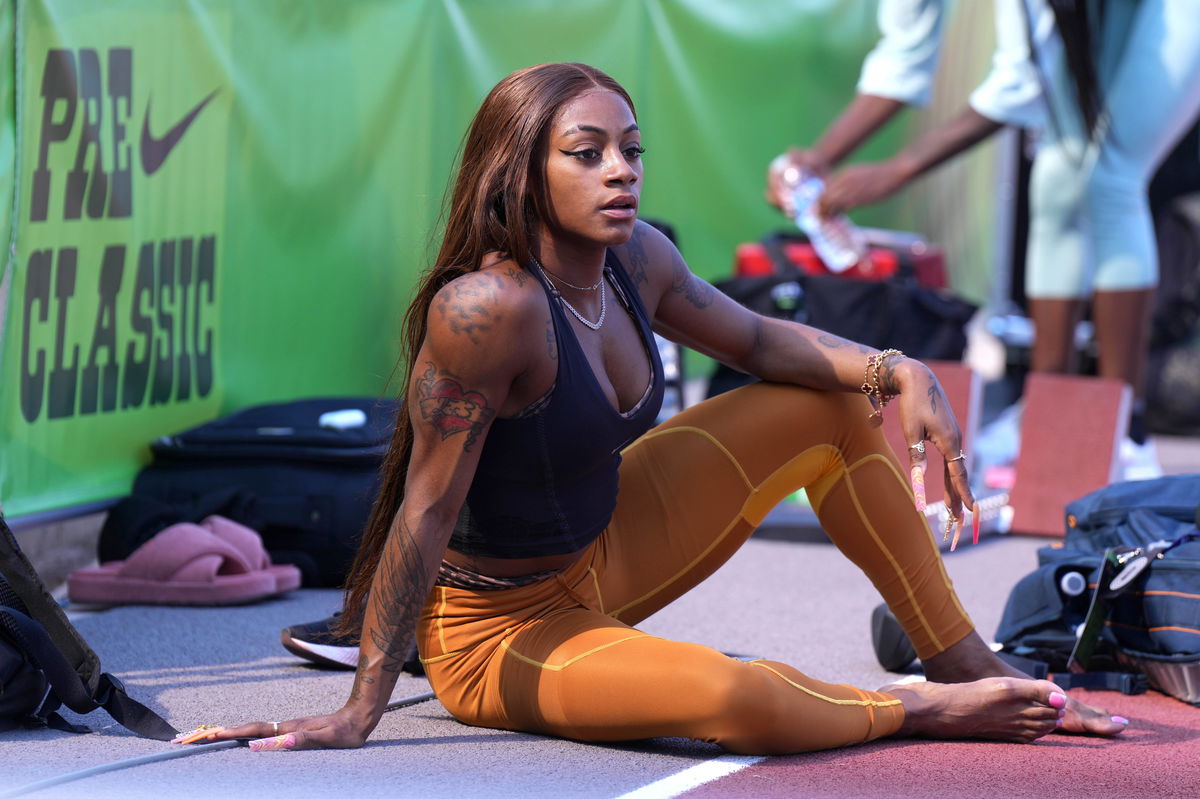
Imago
Track & Field: Prefontaine Classic press conference, PK, Pressekonferenz Sep 15, 2023 Eugene, OR, USA Sha Carri Richardson USA stretches during a training session prior to the Prefontaine Classic press conference at Hayward Field. Eugene Hayward Field Oregon United States, EDITORIAL USE ONLY PUBLICATIONxINxGERxSUIxAUTxONLY Copyright: xKirbyxLeex 20230915_tbs_al2_110

Imago
Track & Field: Prefontaine Classic press conference, PK, Pressekonferenz Sep 15, 2023 Eugene, OR, USA Sha Carri Richardson USA stretches during a training session prior to the Prefontaine Classic press conference at Hayward Field. Eugene Hayward Field Oregon United States, EDITORIAL USE ONLY PUBLICATIONxINxGERxSUIxAUTxONLY Copyright: xKirbyxLeex 20230915_tbs_al2_110
There was a time, not too long ago, when a track meet ticket rarely climbed beyond double digits. Today, if you search for entry to the 50th Prefontaine Classic, you might find yourself staring at a surprising price tag. The kind of pricing once reserved for championship boxing or front-row Broadway has now crept into American track and field. And it has done so without flinching. A four-figure expenditure for a track meet is what awaits the NIKE Prefontaine Classic. However, there’s a catch. This pricing is not for a luxury suite or a multi-day package. Just a single seat!
Watch What’s Trending Now!
But this fevered demand tells only half the story. What surfaces more pointedly is a concern that has lingered across several recent U.S. track events. High cost is beginning to overshadow competition. Fans are increasingly vocal about ticket inflation, especially when top-tier talent withdraws. The 2024 Olympic Trials, also hosted at Hayward Field, faced similar criticism last year, with spectators citing inflated entry fees and a lopsided experience. Hayward Field has been particularly criticized for having pricey tickets for most events. Now, with the Prefontaine Classic’s 50th anniversary being used as both a marketing pivot and a financial lever, that tension has returned.
The event itself has obvious allure. A milestone edition, rich with historical weight, and framed within Hayward Field’s newly refurbished structure. Ticket outlets list standing-room spots near $230 and seated options ranging anywhere from $429 to nearly $1,000. That’s not hearsay. It’s verified through multiple platforms, including TickPick and resale markets. Even as early as last week, VIP sections surpassed four digits. And these figures reflect more than just Eugene’s local appetite. Nearly every U.S. state will be represented in the crowd, with travelers also arriving from several international points. For two days in July, Hayward Field will become the epicenter of a niche sport’s most loyal economy.
ADVERTISEMENT
Consider the names missing from Saturday’s lineup. Jakob Ingebrigtsen, the reigning Olympic champion in the 1500m and arguably the biggest draw for the men’s Bowerman Mile, is out. His injury status was made public by journalist Jonathan Gault on June 29. Keely Hodgkinson has also withdrawn from the 800m. Noah Lyles, perhaps the most recognizable face in American sprinting, is sidelined with an ankle injury. Ryan Crouser, a two-time Olympic gold medalist in shot put, will not compete either. There is nothing unusual about withdrawals in the lead-up to Paris. Athletes must prioritize health and training cycles. Still, for a spectator investing close to $1,000 for a single day of competition, the absence of marquee performers shifts the conversation from celebration to skepticism.
That conversation is gaining traction. Social media threads and ticketing forums have reflected unease about the growing divide between cost and competitive certainty. It is not a matter of quality. Many athletes competing this weekend are elite. Rather, it is the unpredictability of who will appear and how much assurance spectators receive beforehand. When Ingebrigtsen and Hodgkinson dropped out, neither had been formally announced by meet organizers, despite their names appearing in provisional entry lists. The result is a lingering ambiguity that leaves paying fans unsure whether the event they purchased resembles the one they imagined.
Meanwhile, local authorities have projected an economic windfall. Travel Lane County expects $3.6 million in direct spending, with indirect effects reaching far beyond that. Hotels, restaurants, and transit systems will benefit. That is, unquestionably, a success. Yet the question now being raised within corners of the sports community is whether financial gain and fan satisfaction are still aligned. At what point does pricing out core supporters begin to undercut the very culture these events were built on?
ADVERTISEMENT
What unfolds in Eugene this weekend may look like a triumph on paper. Sold-out seats, national coverage, and robust community engagement. But underneath the ticket stubs and commemorative merchandise is a familiar tension. American track and field has long struggled to balance commercial appeal with accessibility. The 50th Prefontaine Classic is a marker of growth. Whether it also becomes a cautionary example will depend on how long the sport can sustain this rising cost without dampening its audience’s patience. And the trend was quite visible in Paris 2024, too. So much so that World Athletics head honcho, Sebastian Coe, lashed out at the IOC.
ADVERTISEMENT
Sebastian Coe warned that empty seats could haunt the Paris Olympics
The Paris Olympics, despite their heritage and ambition, risked becoming a cautionary tale in crowd management. The core of the issue lies not in security or infrastructure, but in the very seats meant to be filled by those who treasure sport most. Sebastian Coe, president of World Athletics, has expressed concern that exorbitant ticket prices could result in empty rows at the very events meant to celebrate global unity. His apprehension was rooted in experience and precedent. “These are going to be the most expensive ticket prices in an athletics arena that we have witnessed at an Olympic Game,” he warned.
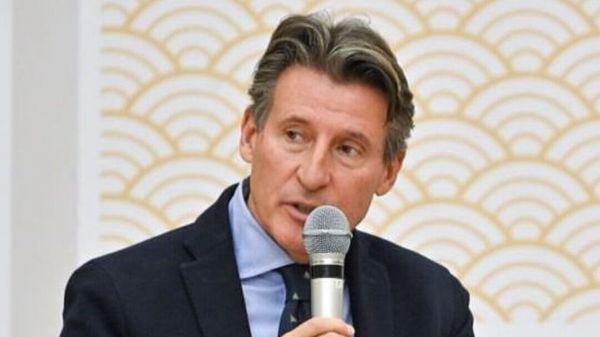
ADVERTISEMENT
Coe’s remarks carry the weight of someone who once orchestrated a highly praised edition of the Games. In London 2012, the strategy around ticketing was designed well in advance, with close attention to affordability and audience behavior. He noted that 25 percent of their budget came from tickets, yet careful calibration allowed them to sell out while maintaining access. “We had some expensive tickets in there, but we also had a lot at affordable prices,” Coe recalled. The real threat, he implied, was not financial failure, but emotional absence. Families and lifelong supporters are barred by price from witnessing their athletes compete.
Top Stories
Forced to Leave FOX, Cowboys Legend Troy Aikman Says ESPN Is Like ‘U.S. Government’ & Clearly Distinguishes the Two Networks
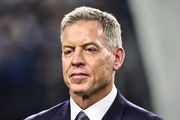
Who Is Paige Shiver? All About Michigan Football Staffer & Daughter of Veteran Bears Scout Jeff Shiver
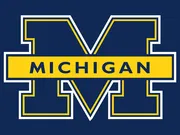
Charley Hull Opens Up on Traumatic Divorce from Ex-Husband for the First Time Ever
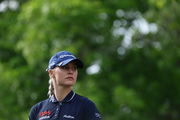
LIV Golf to Cut Ties With Veteran Pro After His PGA Tour Return Intentions Became Public

FOX Issues Strict Ban on Terry Bradshaw But NFL Legend Defies It to Join Popular Morning Show
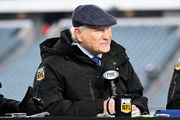
Michael Jordan Brings NASCAR to Its Knees as Jim France’s Courtroom Collapse Triggers Settlement

He referenced the Budapest World Championships as a model of how strong attendance, built on modest ticketing tiers, created an atmosphere worthy of world-class competition. “There are always going to be premium tickets,” Coe acknowledged, “but it is important that our stadiums are full of people that love our sport, not people that can afford to get to an Olympics.” The concern was not symbolic. It was structural. A half-empty stadium during the Olympic Games does not reflect disinterest. It signals exclusion.
ADVERTISEMENT
ADVERTISEMENT
ADVERTISEMENT
ADVERTISEMENT

